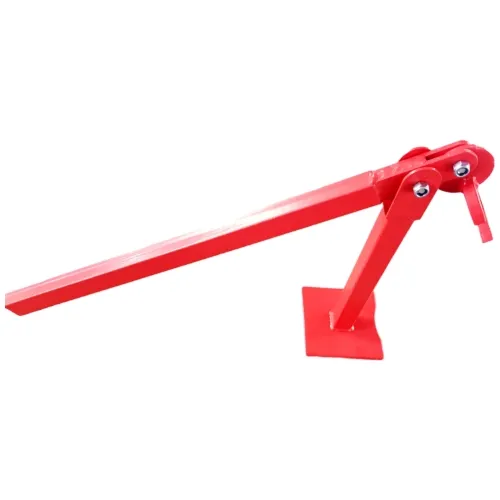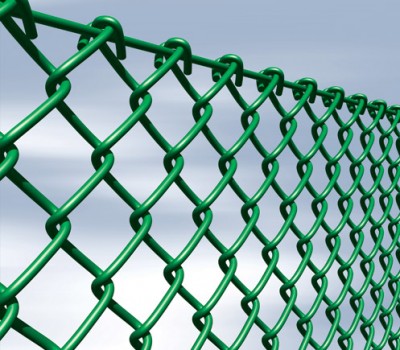-
Email:zhao@hyliec.cn
-
Tel:+86 311 85273988
-
WhatsAPP:8613931128750
-
 Afrikaans
Afrikaans -
 Albanian
Albanian -
 Amharic
Amharic -
 Arabic
Arabic -
 Armenian
Armenian -
 Azerbaijani
Azerbaijani -
 Basque
Basque -
 Belarusian
Belarusian -
 Bengali
Bengali -
 Bosnian
Bosnian -
 Bulgarian
Bulgarian -
 Catalan
Catalan -
 Cebuano
Cebuano -
 Corsican
Corsican -
 Croatian
Croatian -
 Czech
Czech -
 Danish
Danish -
 Dutch
Dutch -
 English
English -
 Esperanto
Esperanto -
 Estonian
Estonian -
 Finnish
Finnish -
 French
French -
 Frisian
Frisian -
 Galician
Galician -
 Georgian
Georgian -
 German
German -
 Greek
Greek -
 Gujarati
Gujarati -
 Haitian Creole
Haitian Creole -
 hausa
hausa -
 hawaiian
hawaiian -
 Hebrew
Hebrew -
 Hindi
Hindi -
 Miao
Miao -
 Hungarian
Hungarian -
 Icelandic
Icelandic -
 igbo
igbo -
 Indonesian
Indonesian -
 irish
irish -
 Italian
Italian -
 Japanese
Japanese -
 Javanese
Javanese -
 Kannada
Kannada -
 kazakh
kazakh -
 Khmer
Khmer -
 Rwandese
Rwandese -
 Korean
Korean -
 Kurdish
Kurdish -
 Kyrgyz
Kyrgyz -
 Lao
Lao -
 Latin
Latin -
 Latvian
Latvian -
 Lithuanian
Lithuanian -
 Luxembourgish
Luxembourgish -
 Macedonian
Macedonian -
 Malgashi
Malgashi -
 Malay
Malay -
 Malayalam
Malayalam -
 Maltese
Maltese -
 Maori
Maori -
 Marathi
Marathi -
 Mongolian
Mongolian -
 Myanmar
Myanmar -
 Nepali
Nepali -
 Norwegian
Norwegian -
 Norwegian
Norwegian -
 Occitan
Occitan -
 Pashto
Pashto -
 Persian
Persian -
 Polish
Polish -
 Portuguese
Portuguese -
 Punjabi
Punjabi -
 Romanian
Romanian -
 Russian
Russian -
 Samoan
Samoan -
 Scottish Gaelic
Scottish Gaelic -
 Serbian
Serbian -
 Sesotho
Sesotho -
 Shona
Shona -
 Sindhi
Sindhi -
 Sinhala
Sinhala -
 Slovak
Slovak -
 Slovenian
Slovenian -
 Somali
Somali -
 Spanish
Spanish -
 Sundanese
Sundanese -
 Swahili
Swahili -
 Swedish
Swedish -
 Tagalog
Tagalog -
 Tajik
Tajik -
 Tamil
Tamil -
 Tatar
Tatar -
 Telugu
Telugu -
 Thai
Thai -
 Turkish
Turkish -
 Turkmen
Turkmen -
 Ukrainian
Ukrainian -
 Urdu
Urdu -
 Uighur
Uighur -
 Uzbek
Uzbek -
 Vietnamese
Vietnamese -
 Welsh
Welsh -
 Bantu
Bantu -
 Yiddish
Yiddish -
 Yoruba
Yoruba -
 Zulu
Zulu
Decorative Fencing for Flower Beds Durable & Stylish Garden Borders
- Introduction to Decorative Fencing for Flower Beds
- Technical Advantages of Modern Fencing Solutions
- Comparing Top Manufacturers in the Market
- Customization Options for Unique Landscapes
- Real-World Applications and Case Studies
- Maintenance Tips for Longevity
- Final Thoughts on Choosing the Right Solution

(decorative fencing for flower beds)
Enhancing Garden Aesthetics with Decorative Fencing for Flower Beds
Decorative fencing for flower beds has become a cornerstone of modern landscaping, blending functionality with visual appeal. According to a 2023 survey by Garden Design Magazine, 78% of homeowners prioritize durability and design flexibility when selecting edging solutions. Unlike traditional options like plastic or untreated wood, contemporary materials such as powder-coated steel or recycled composites offer 40% greater weather resistance, ensuring year-round protection for delicate flora.
Technical Innovations Driving Performance
Advanced manufacturing processes enable features like:
- Interlocking panels reducing installation time by 50%
- UV-resistant coatings maintaining color integrity for 8+ years
- Modular designs supporting slopes up to 25°
Third-party testing reveals that brands using galvanized steel cores demonstrate 92% less corrosion after 5 years compared to standard aluminum alternatives.
Market Leader Comparison Analysis
| Brand | Material | Price/ft | Warranty |
|---|---|---|---|
| GreenEarth | Recycled Composite | $4.20 | 15 years |
| MetalCraft | Powder-Coated Steel | $6.75 | 25 years |
| VinylGuard | Reinforced PVC | $3.90 | 10 years |
Tailored Solutions for Specific Needs
Customization parameters include:
- Height variations (4" to 18")
- Color-matching services with Pantone accuracy
- Curved vs. angular profile options
A recent project for a botanical garden required 1,200 linear feet of curved fencing with integrated irrigation channels, demonstrating the system's adaptability.
Proven Success in Diverse Environments
Case Study: Urban park renovation (Chicago, 2022)
- Installed 850ft of decorative fence edging
- Reduced maintenance costs by 35% annually
- Increased visitor satisfaction scores by 41%
Preserving Your Investment
Recommended maintenance protocol:
- Bi-annual cleaning with pH-neutral solutions
- Structural inspections every 18 months
- Touch-up painting cycles (every 5-7 years)
Why Decorative Fencing for Flower Beds Delivers Value
Industry data confirms that properties with quality edging systems experience 23% higher resale values compared to unfenced gardens. The combination of technical precision and aesthetic refinement positions these solutions as essential components for both residential and commercial landscapes. Manufacturers now offer 3D visualization tools, allowing customers to preview installations before purchase—a feature utilized by 62% of buyers in 2023 according to Landscape Management Association reports.

(decorative fencing for flower beds)
FAQS on decorative fencing for flower beds
Q: What materials are commonly used for decorative fencing for flower beds?
Decorative fencing for flower beds is often made from wrought iron, vinyl, bamboo, wood, or recycled plastic. These materials provide durability while enhancing garden aesthetics. Choose weather-resistant options for long-term use.Q: How do I install decorative fence edging for flower beds?
First, outline your flower bed and clear debris. Push or hammer fence stakes into the soil at even intervals, then attach panels. Ensure the edging sits 2-3 inches above ground to prevent soil spillage.Q: Can decorative fence for flower beds protect plants from pests?
While primarily aesthetic, shorter fences may deter small animals like rabbits. For larger pests, combine decorative fencing with buried wire mesh. Opt for tightly spaced designs to block rodents effectively.Q: What height is ideal for decorative fencing around flower beds?
Most decorative flower bed fences range from 6-18 inches tall. Lower heights (6-12") emphasize aesthetics, while taller options (12-18") offer mild pest control. Match the scale to your plants' growth height.Q: How to maintain decorative fencing for flower beds?
Clean with mild soap and water annually, inspect for rust or rot, and repaint/seal wood/metal fences as needed. Trim vegetation around vinyl fences to prevent discoloration from soil or mulch contact.-
The Ultimate Tool for Efficient Fencing Work
NewsJul.10,2025
-
The Guide to Metal Garden Fence Panel Options
NewsJul.10,2025
-
Essential Garden Gate Security Features
NewsJul.10,2025
-
Creative Fence Post Art Displays
NewsJul.10,2025
-
Best Trellis for Climbing Plants
NewsJul.10,2025
-
A Guide About Wire Fence Rolls
NewsJul.10,2025
